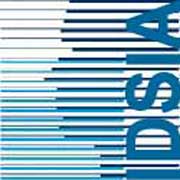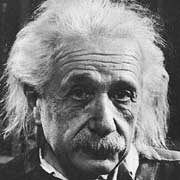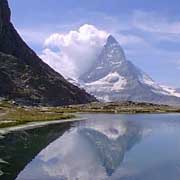 |
 |
 |
 |
 |
 |
 |
 |
| . |
|
Oct 25 update: the positions are filled!
We hired Wierstra
and
Gloye,
head of the 2004 robocup world champion.
Thanks a lot to all the outstanding applicants.
We hope we'll be able to offer new positions next year!
Jürgen Schmidhuber
|
|
. |
 |
Positions in
Robot Learning:
1 Postdoc &
1 PhD student
(22 months; prolongation possible)
|
Job
at
TUM
|
|
|
|
Finally confirmed on 6 Sept 04!
We are seeking
one outstanding
postdoc and one outstanding PhD student interested in
adaptive robotics and
reinforcement learning and
recurrent neural networks and
hierarchical learning
and
curiosity- driven
learning.
Both will interact with colleagues
in a European STREP project on robot learning.
Goal: to build robots that learn to
achieve rewards.
No teaching required - just research.
The official language at IDSIA is English.
Possible start: not earlier than October 2004, but probably
later due to the delayed funding confirmation.
Salary commensurate with experience:
Postdoc roughly SFR 72,000 per year, or US$ 56,500 as of Mar 2004.
PhD student: roughly SFR 35,000 per year, or US$ 27,400 as of Mar 2004.
Low taxes. There is travel funding in case of papers accepted at important
conferences. Prolongation possible.
Applicants should submit as soon as possible:
(i) Curriculum vitae, (ii) List
of three references and their email addresses, (iii)
Brief statement on how their research interests fit the topics
above.
|
|

|
Submit your application in plain ASCII format (plain text files!)
by email to juergen@idsia.ch.
Small PDF attachments are ok (but no .doc files, please).
Do NOT send large files; instead send URLs.
In the subject header, please
mention your name and the keyword strep2004.
For example, if your name is John Smith, use
subject: John Smith strep2004.
Early applicants (who applied before
funding confirmation): please send a
message indicating you are still interested, possibly
with an updated CV.
|
|
. |
 |
|
IDSIA's research focuses on
optimal universal search algorithms
(e.g.,
Gödel machine
&
OOPS),
artificial
recurrent neural networks,
universal
predictors and reinforcement learners,
complexity and generalization issues,
unsupervised learning and information theory,
forecasting,
artificial ants and
combinatorial optimization,
evolutionary computation.
IDSIA is small but visible, competitive, and influential.
Its algorithms hold the world records for
several important operations research benchmarks (e.g.,
see NATURE 406(6791):39-42 for
an overview of IDSIA's artificial ant algorithms).
Some of IDSIA's results were reviewed not only in
science journals such as Nature, Science, Scientific American,
but also in the popular press, including TIME magazine, the New York Times,
der SPIEGEL, and many others.
|
|
|
. |
 |
|
Switzerland is a good place for scientists.
It is the origin of special relativity (1905) and
World Wide Web (1990), is associated with 105 Nobel laureates,
boasts by far the most Nobel prizes per capita (450% of US value),
the highest number of publications per capita,
the highest number of patents per capita,
the highest citation impact factor, etc.
|
|
|
. |
 |
|
IDSIA is located near the beautiful city of Lugano in Ticino
(pictures),
the scenic southernmost province of Switzerland.
Milano, Italy's center of fashion and finance, is 1 hour away, Venice 3 hours.
|
|
|
. |












